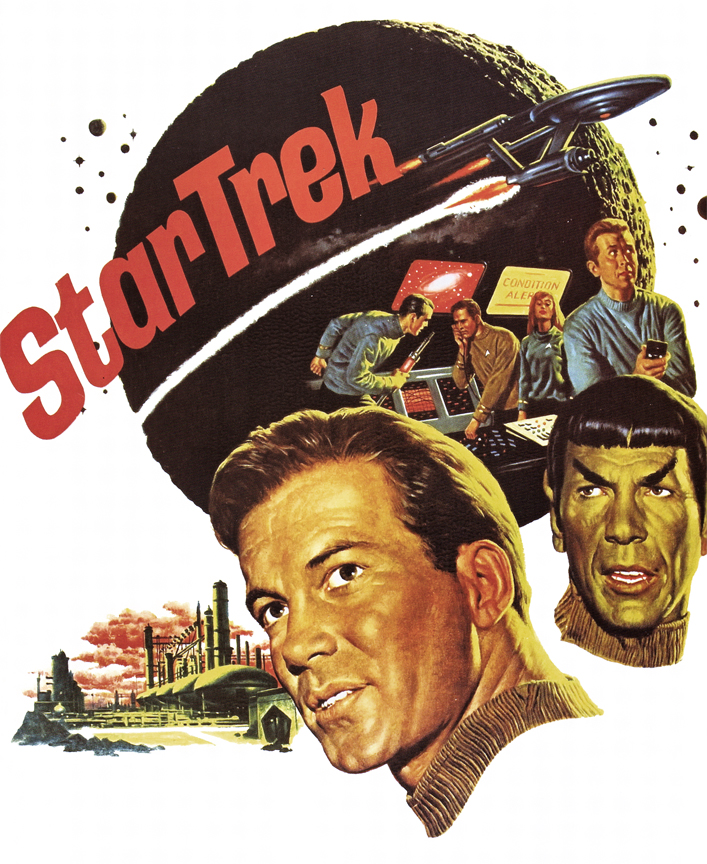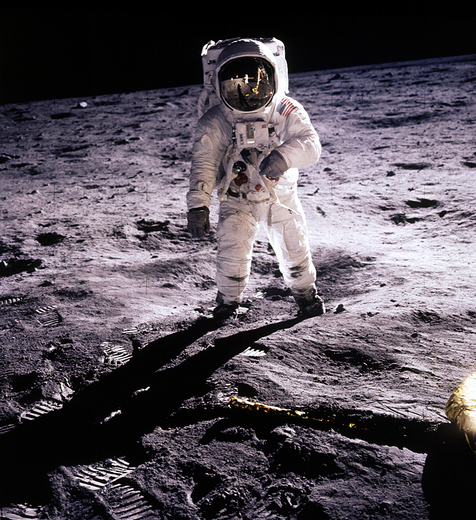My Facebook pal R.A. McCandless (a.k.a. “RobRoy”) posted a pretty entertaining meme/quiz thing over at his blog this morning; as meme/quiz things are a quick ‘n’ painless way to crank out a post, and I am both a compulsive oversharer and hopelessly nostalgic, naturally I couldn’t resist playing along…
Here are the instructions: “Tell us about your SENIOR year of high school! The longer ago it was, the more fun the answers will be!”
(Like Rob, I don’t get why “longer ago” equates to “more fun,” but whatever. As much as it pains me to admit it, my senior year was pretty long ago, so this ought to be right off the edge of the fun meter. )
The year was: 1987
Did you know your spouse?
No. The lovely Anne was two years behind me in school, and although she swears we met on Yearbook Day of my senior year, I don’t remember becoming acquainted with her until a year later, when I dated her best friend. Curiously enough, however, her brother was in my high school class, and I did know him.
Did you car pool?
No way, man. After getting my driver’s license a year later than everyone else in my class (because I’m the youngest in the class, or at least one of the youngest), I couldn’t wait for the freedom of my own wheels, and I wasn’t going to give that up for anything.
What kind of car did you have?
Well, my dad has always had a fleet of cars sitting around, and I was pretty much free to use any of them so long as I asked first. I enjoyed showing off once in a while in our ’73 Mustang Mach One, and of course I had my ’63 Galaxie (the “Cruising Vessel”) for special occasions and weekend driving (I wasn’t about to leave it in the school parking lot all day!). But my usual “daily driver” was a brown 1970 T-Bird. I loved that car, with its leather upholstery, enormous wraparound back seat, and a ridiculously long nose that ended in a distinct “beak.” I loved it almost as much as the Cruising Vessel.
Friday night football?
Nah, Friday nights were either for working or watching Miami Vice. I have vague memories of going to one football game once, and spending most of it wandering around the stands looking for some girl…
What kind of job did you have?
I was a projectionist at a single-screen neighborhood movie house, running antiquated machines that dated back (roughly) to World War II and were (literally) held together with baling wire. I loved it.
Were you a party animal?
No, although somehow I acquired a reputation as one… I’m not sure quite how that worked.
Were you considered a jock?
Nope, not in the least. By senior year, I’d long since fulfilled my PE requirements and didn’t set foot in the gym all year.
Were you in band, orchestra, or choir?
No, but I did take a drama class, and there was a fair amount of overlap between drama kids and music kids, so I found myself on the fringes of that circle anyhow.
Were you a nerd?
Were the green Orion “animal women” irresistible to human males? Hell, yes, I was a nerd… although I didn’t really fit the stereotype, as you can see in this photo from the time:
Did you get suspended or expelled?
No, I was a good kid, reputation notwithstanding.
Can you sing the fight song?
Not a word. Although — true story! — the gentleman who wrote it was my neighbor when I was a kid.
Where did you eat lunch?
Hm. It seems like I had a regular table in the cafeteria, but I honestly don’t recall. I occasionally went out, too, either for nachos from the 7-Eleven down the street, or sometimes a burger from this little drive-in whose name escapes me. The thing I mostly remember about that place was the time the girl at the drive-through (I knew her) wanted me to taste the Coke she had stashed under the counter, and it was spiked with something that had a high enough octane to run my T-Bird without the engine pinging.
What was your full school name?
Bingham High School.
What was your school mascot?
The Miners, after the hard-working denizens of the canyon the school was named for.
If you could go back and do it again would you?
Yeah, I think I would. I know many people, maybe even most people, think of high school as a terrible period of life that they wouldn’t relive if you paid them, but I remember it as a mostly happy time, my senior year especially. (Middle school was my difficult period.) I’d do some things differently, of course, and if I could face it with the level of self-confidence I have now vs. then, all the better. Even so, I remember feeling a lot of optimism about the world then, and excitement at discovering what lay ahead instead of the existential dread that wakes me up at night now. The truth is, I think I had a much better grasp on how to live in 1987 than 2016.
Did you have fun at senior prom?
I didn’t go, which is one of those things I’d do differently. Especially since my reasons for not going were pretty asinine.
Do you still talk to the person you went to prom with?
I occasionally talk with the person I should have gone to the prom with.
Are you planning on going to your next high school reunion?
Well, that’s an interesting question… if it happens, yes, I will be there.
Are you still in contact with people from high school?
Yes, with quite a few of them, actually. Mostly through Facebook, but there are several friends I’ve stayed in touch with even before that incredible time sink was invented. In fact, I just got home from a vacation to the East Coast, during which I connected with two old high school friends.
Interesting Trivia from 1987: Nerds celebrated the tenth anniversary of Star Wars; new TV shows that year included Star Trek: The Next Generation, Married… with Children, and 21 Jump Street; Congressional investigations into the Iran-Contra affair ran throughout the year; televangelist Jim Bakker was forced to resign after his affair with Jessica Hahn was revealed; presidential hopeful Gary Hart was forced to abandon his campaign after his affair with Donna Rice was revealed; the nation was riveted by the rescue of “Baby Jessica,” a toddler who fell down a well in Midland, Texas; The Legend of Zelda was released for the NES platform; the world’s population reached 5 billion; and Prozac debuted in the United States.
Top Music of 1987: “Walk Like An Egyptian” (The Bangles); “Alone” (Heart); “Shake You Down” (Gregory Abbott); “I Wanna Dance With Somebody (Who Loves Me)” (Whitney Houston); “Nothing’s Gonna Stop Us Now” (Starship); “C’est La Vie” (Robbie Nevil); “Here I Go Again” (Whitesnake); “The Way It Is” (Bruce Hornsby and the Range); “Shakedown” (Bob Seger); “Livin’ on a Prayer” (Bon Jovi)
Top Movies of 1987: Three Men and a Baby; Fatal Attraction; Beverly Hills Cop II; Good Morning, Vietnam; Moonstruck; The Untouchables; The Secret of My Success; Stakeout; Lethal Weapon; The Witches of Eastwick





